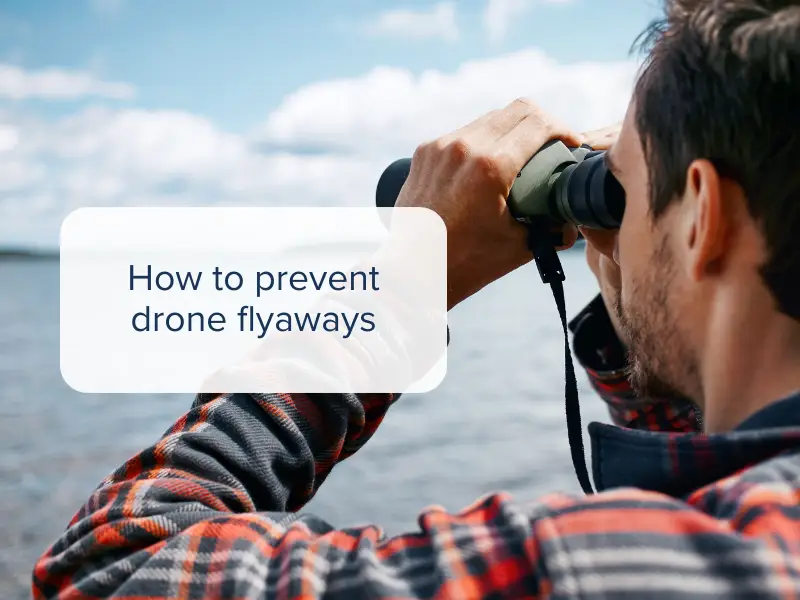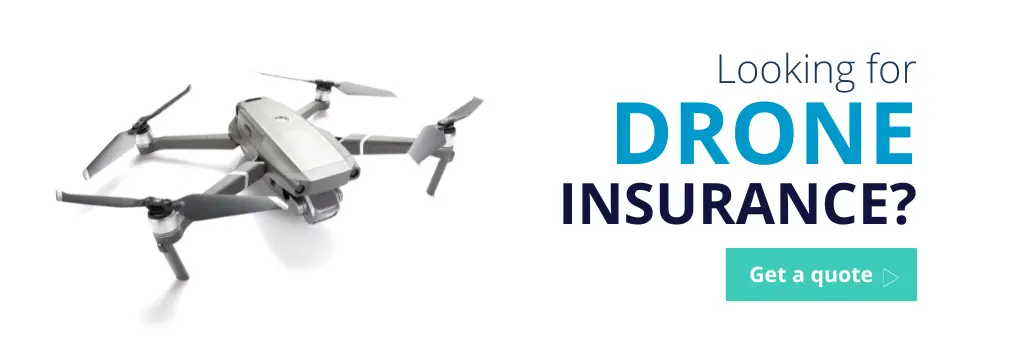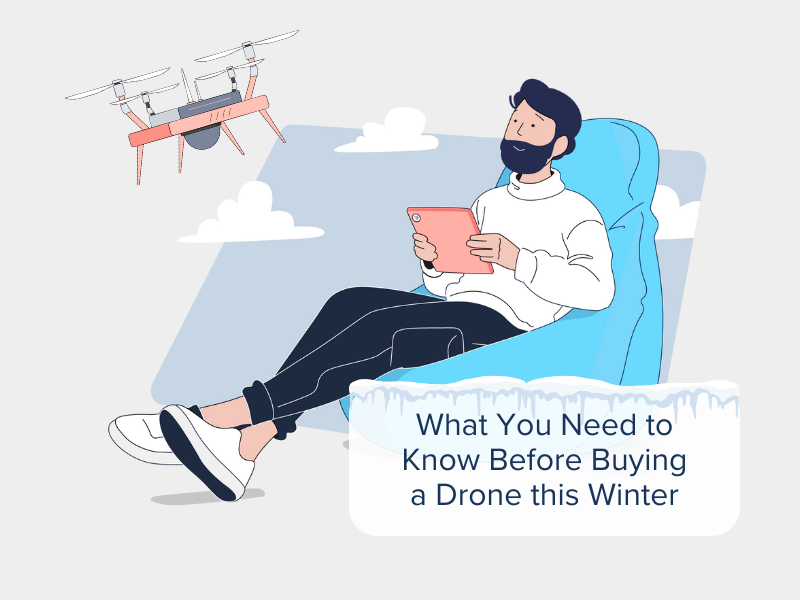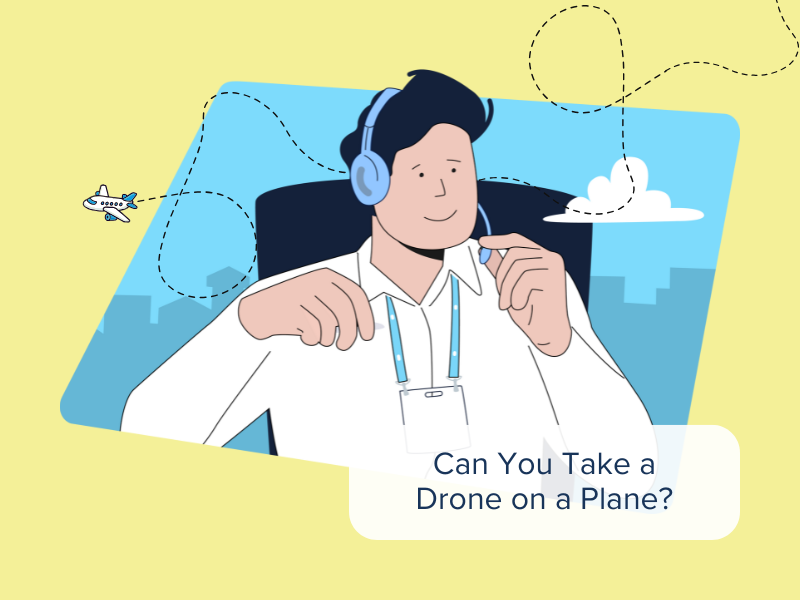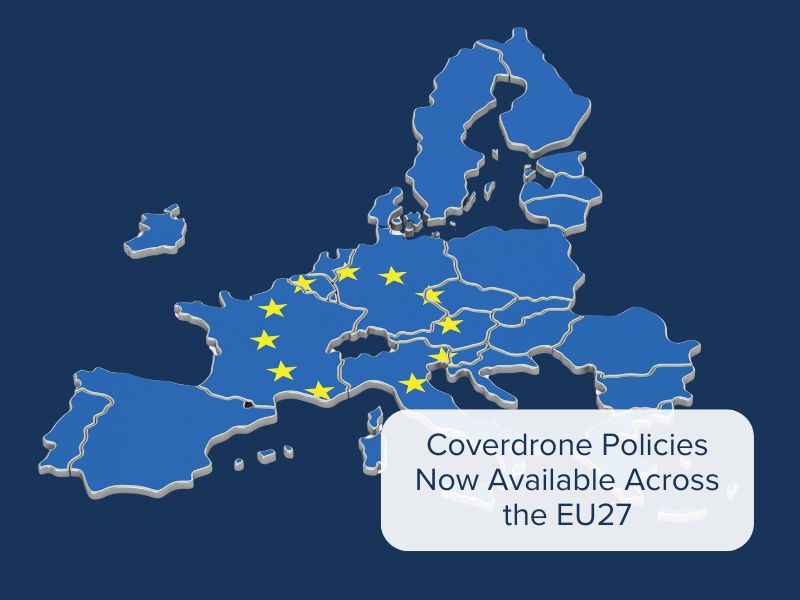Did you know? Flyaways regularly feature in our top ten reasons why drone operators make a claim against their drone insurance policy each year.
And, according to users’ flight data, the vast majority of these incidents are caused by pilot error.
So, in this latest blog, we’ve pulled together a selection of our top tips to help reduce the chances of your drone flying away.
1. Set your RTH point
You may be unfamiliar with the term RTH. RTH stands for ‘return to home’. By having RTH activated, your drone will turn and fly back to your designated home point.
RTH is a safety feature which is used to fly the drone back to the last recorded home point automatically. It can also be manually triggered when you want your drone to fly back home autonomously.
Simply ensure that you have set a home point on your drone prior to take off.
Tip: you will need at least 4 GPS signal bars on your drone. By setting a home point, your drone will return back to the designated location appointed as ‘home’.
2. Set an appropriate RTH altitude
As well as setting your RTH point, make sure you consider an appropriate altitude. Pay particular attention to any visible and high obstacles in the immediate area and ensure you set an altitude higher than these.
3. Keep an eye out for compass interference
Bear in mind that your drone’s compass needs to be relatively free from interference for your drone to return home safely. Yes, GPS signal is necessary, but it is not the only consideration to getting your drone to return home safely.
What is the difference between GPS and compass? The GPS determines the drone’s location whereas the compass determines the drone’s orientation.
4. Stay within your visual line of sight!
By keeping your drone within your visual line of sight, you can instantly minimise the chances of your drone crashing or getting lost. Many drone pilots may think that monitoring a drone solely through the live video feed is the safest way to fly when in fact… it is not.
Why? Quite simply, you are unable to see what potential dangers are behind or to either side of your drone!
5. If you’re moving, re-set your home point
Despite many home points being able to be reset automatically when you take off if you have sufficient GPS signal, we always recommend resetting this manually.
This is because if you are moving around (on a boat for example), it may not necessarily reset for you automatically. So, stay safe and remember to reset!

